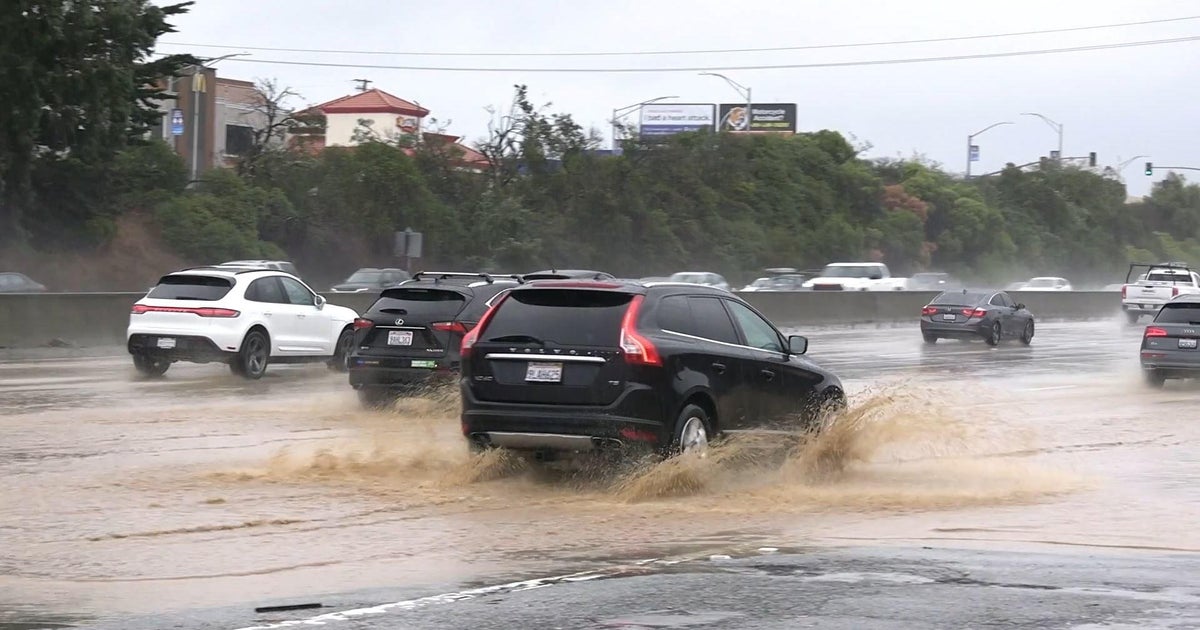Passengers From Wuhan Halted From Flying To SFO Due To Coronavirus Outbreak
SAN FRANCISCO (KPIX 5) -- The Chinese government has shutdown the city of Wuhan for outbound travelers leaving the city due to the spread of the coronavirus, according to state-run media.
The state-owned People's Daily newspaper on Wednesday said no one would be allowed to leave. The official Xinhua News Agency said no one would be permitted to leave without a specific reason.
Train stations and the airport were to shut down at 10 a.m. Buses, subways, ferries and long-distance shuttle buses would also be temporarily closed.
Typically, 150 people are on each of the three Wuhan-SFO flights that arrive in San Francisco every Tuesday, Thursday and Saturday. However, as 8 p.m. (PST) Wednesday, China Southern's website still listed flight CZ659 as "On Schedule." But FlightAware listed the same flight as canceled.
Earlier this week, the CDC had dispatched more than 100 workers to screen incoming Wuhan passengers at SFO, JFK, and LAX.
RELATED:
- Concerns Of Coronavirus Outbreak Prompt SFO To Screen Some Travelers From China
- CDC Announces 1st US Case Of Wuhan Coronavirus In Washington State
The normally vibrant wildlife and seafood wholesale market in Wuhan where the outbreak began is now eerily quiet, cordoned off by police tape. A police officer quickly interrupted an American TV news crew trying to shoot footage of the site.
Before the shutdown of all public transportation, face masks had become a common sight on the train. Authorities using scanning thermometers and thermal cameras scanned the temperature of all passengers, trying to detect anyone who might have a fever as they left the city.
Metabiota, a San Francisco-based startup that conducts risk assessments of outbreaks across the globe, says the situation is likely to get worse before it gets better.
"Are we at that point where it's peaked? All the indications are that this could go on a bit longer," said CEO Nita Madhav. "We do feel optimistic that it can be contained. But the question is how big will it get before that happens."
As of Wednesday night, the worldwide death toll had climbed to 17, and the number of infected had risen to 518, mostly in Wuhan, surrounding cities in China, but also in Japan, South Korea, Thailand, and the U.S.
The single confirmed case in the U.S. was reported in Everett, Washington. A man in his 30s had returned from Wuhan January 15, developed symptoms and went to the hospital January 20. He told authorities he did not go to the Wuhan market. The man has been kept in quarantine and will be allowed to go home in about a day or so.
"I think we're much better prepared than we were in 2002," said Charles Chiu, infectious disease specialist at UCSF.
Chiu and his team helped develop some of the tests to identify the SARS virus during the 2002 outbreak that killed 774 people in 37 countries. Chiu says China was able to quickly identify the novel coronavirus by likely using genetic sequencing, technology that was not widely available during the SARS epidemic.
Chiu says it appears the Chinese government is being more transparent and forthcoming with information, and is applying lessons learned from the past.
"The public health emergency infrastructure for public health surveillances is far more organized now. We have new technologies, such as sequencing, that can enable us to rapidly identify the virus develop diagnostic tests. And ultimately, that will also help in the development of vaccines or drugs," said Chiu.



